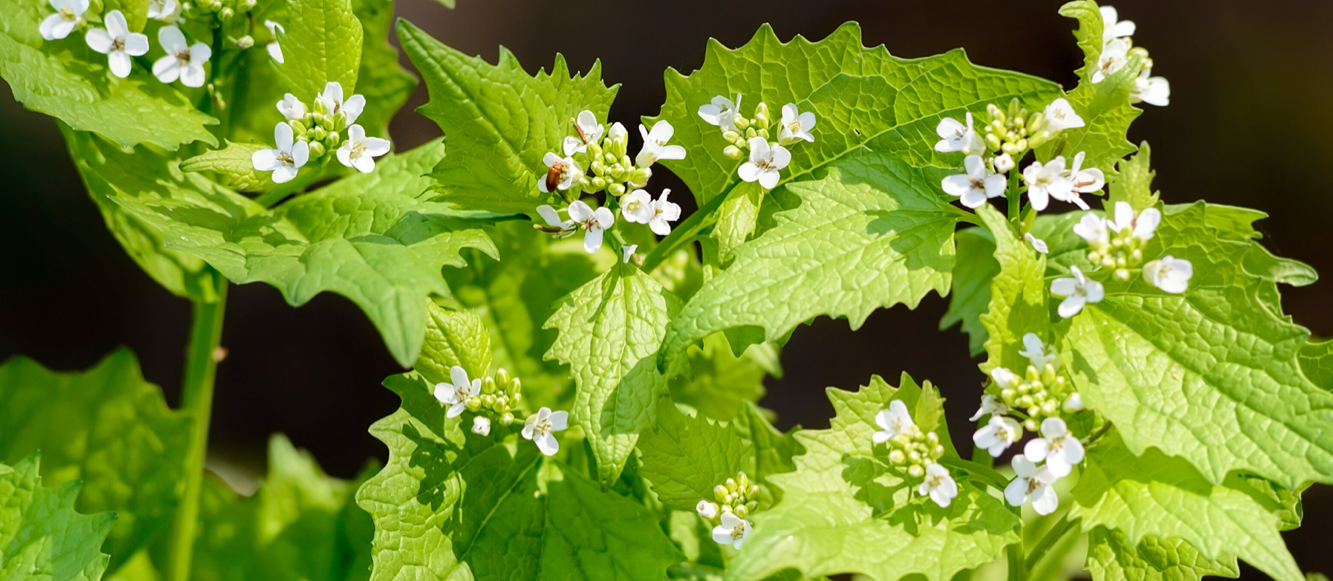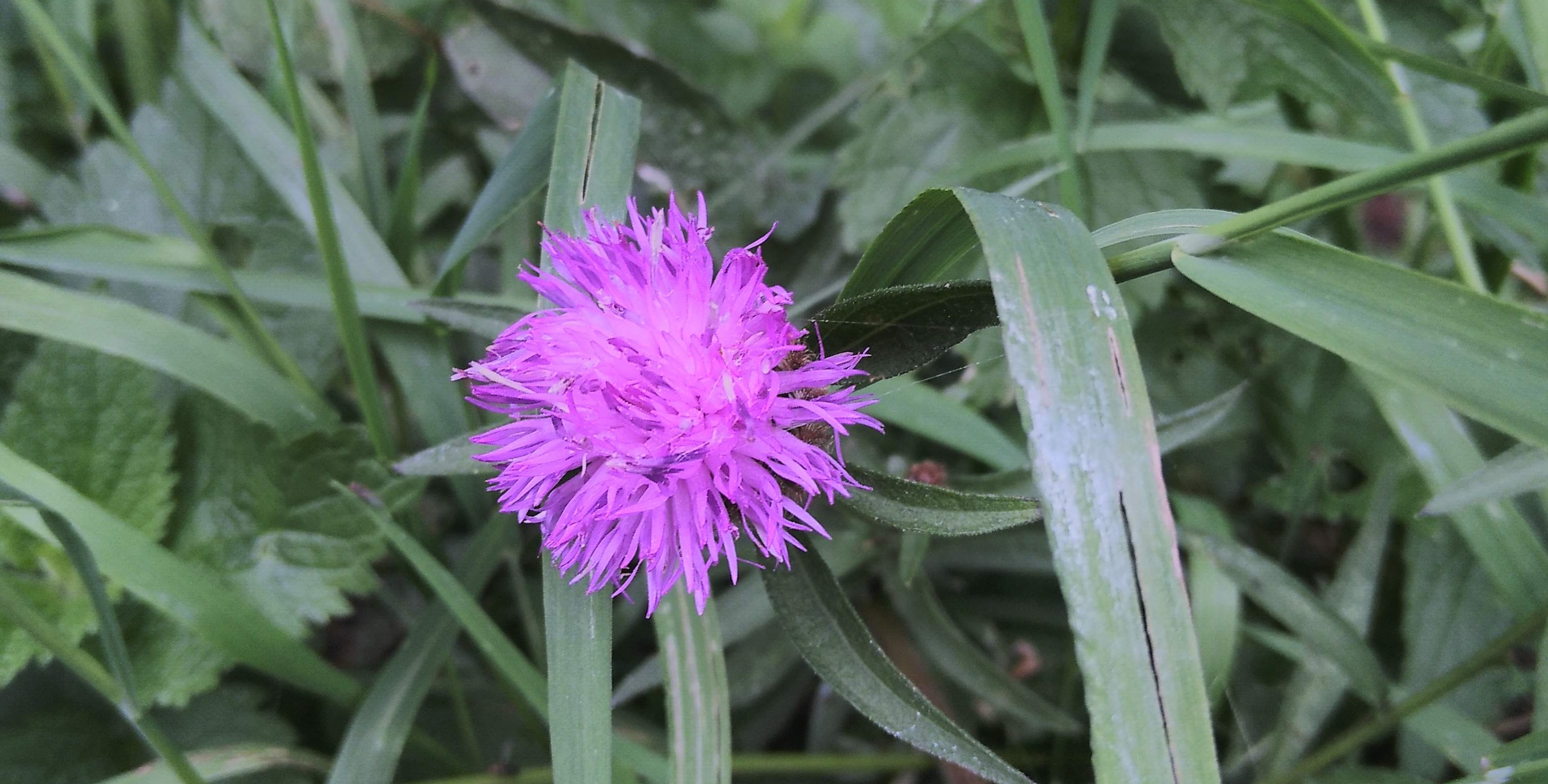Dandelion
The dandelion can currently be seen springing up all over the place. Well known as a weed, it is actually an extremely valuable wildflower. The flowerhead is formed from many tiny flowers, which makes them very important to pollinating insects, as they provide a plentiful food source – although the dandelion itself does not rely […]









